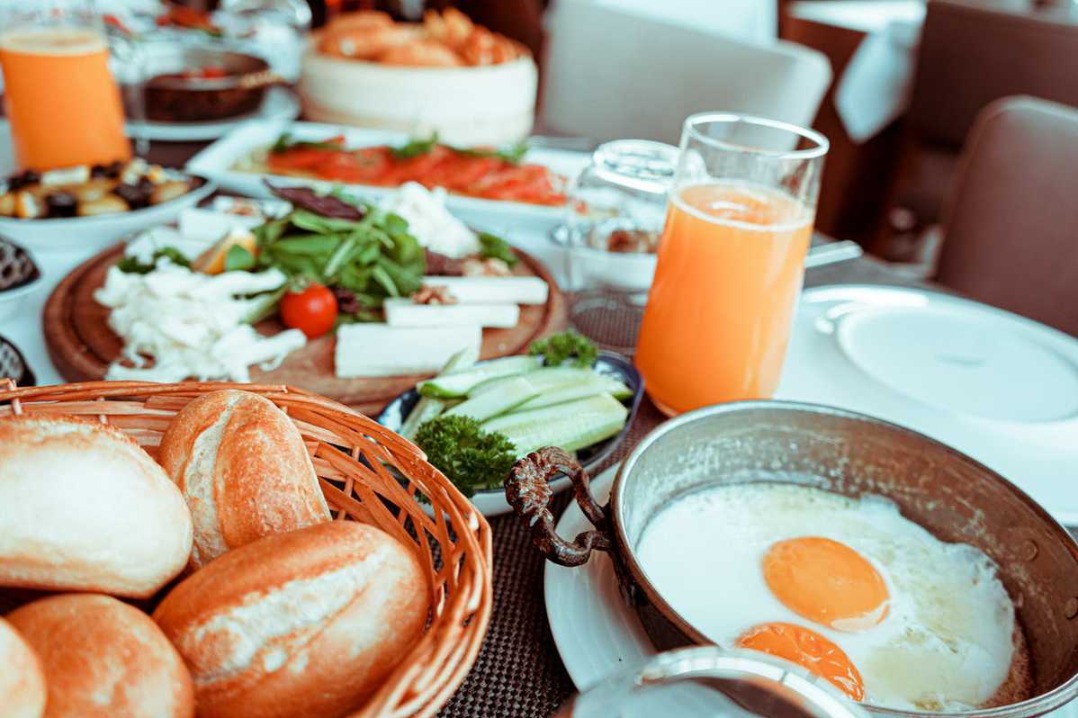Museums look to innovation for future
中国日报网 2013-11-11 10:19

Museums should no longer be thought of as reinforced concrete buildings housing inanimate objects in glass cases, but should instead focus on interacting with visitors and raising revenue, according to a seminar in Beijing.
"Museums and Cultural and Creative Development Communication" was held at Palace Museum on Nov 5.
Co-hosted by the Beijing Municipal Administration of Cultural Heritage and the Chinese Museum Society, the seminar explored issues around the "cultural and creative industry chain" for museums, with international specialists.
The challenge facing museums is how to translate their offerings into a revenue stream, either through ticket sales or souvenirs.
Xiang Yong, deputy director of Peking University's Institute for Cultural Industries, believes a museum artifact has three core values: worship, demonstration and interaction.
"For example, there is only one Mona Lisa in the world. Its rarity creates the 'worship effect' on the audience. They want to interact with the masterpiece and take souvenirs home rather than just seeing it," Xiang said.
"So the key is really about how to transfer the three values into economic value."
Xiang identified Yilan county in northeast Taiwan as a successful example.
Yilan once suffered from pollution and economic problems related to traffic congestion. Since the 1980s, however, the county has brought polluting factories under control while developing new-concept eco-museums that include among their exhibits depictions of nature, farms, villages and architecture.
The county covers 2,137 square kilometers and has some 50 museums, incorporating purpose-built traffic routes designed to provide a particular cultural experience.
"The whole of Yilan has become a giant museum," Xiang said.
On the subject of souvenirs, Wang Yong-ming, a professor from Lunghwa University of Science and Technology in Gueishan, Taiwan, said creativity is the key to success.
"But creativity can't come from nowhere; there are rules for it - preservation, selection and transformation," Wang said.
Following this basic principle, Wang listed up to 40 specific methods for developing cultural products that can be sold. One of these involves what is described as "merging".
This sees a museum object reproduced in combination with other practical implements, such as a spoon or a screwdriver.
Another option is to reproduce a museum object with different materials. The Jade Cabbage - the key highlight of the Palace Museum in Taipei - has been reproduced with materials such as glass, resin and food.
"But most important, you must be familiar with the uniqueness that you own and that others don't - and always stick to it," Wang said.
(中国日报网英语点津 Helen 编辑)

About the broadcaster:
Nelly Min is an editor at China Daily with more than 10 years of experience as a newspaper editor and photographer. She has worked at major newspapers in the U.S., including the Los Angeles Times and the Detroit Free Press. She is also fluent in Korean.

















 英语点津微信
英语点津微信 双语小程序
双语小程序